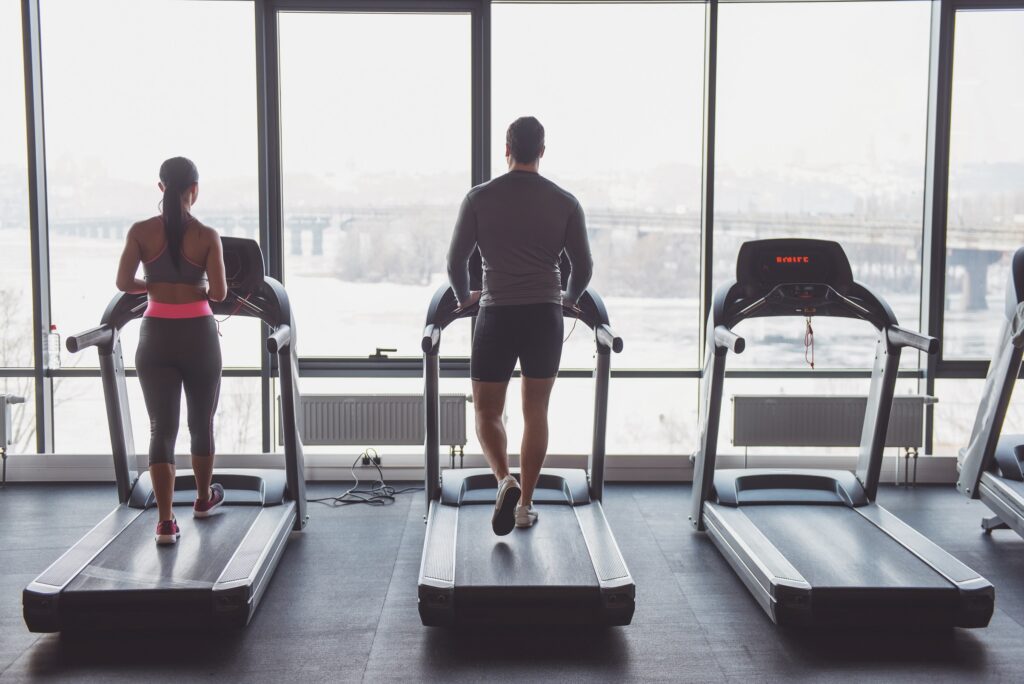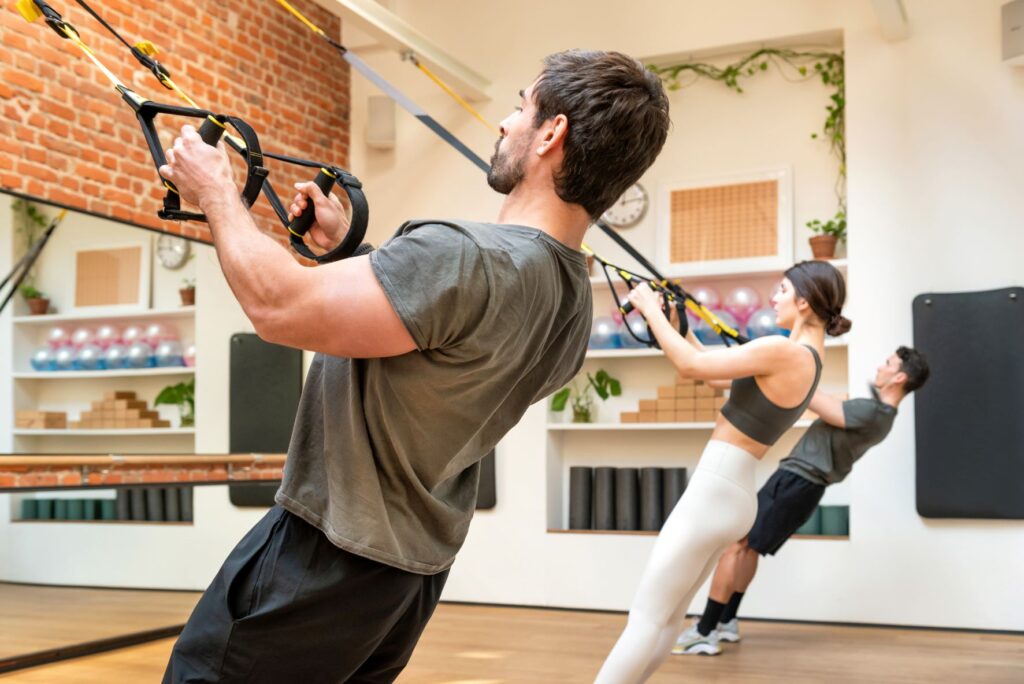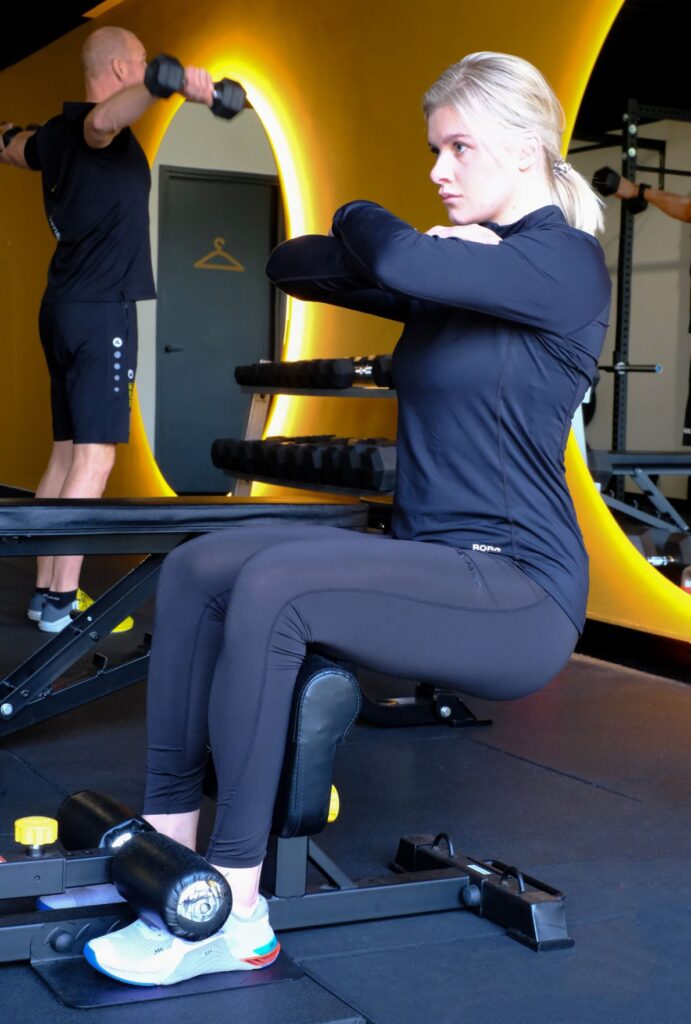There are many window treatments that you can choose from when decorating your gym. If you want to make your gym feel more open and modern, woven shades are a great choice. They are easy to use and come in a variety of thicknesses and opacities.
Roller shades
Roller shades can be installed on windows in a gym to help keep the space cool and dark. They are sleek, durable, and simple to clean. They also prevent moisture from seeping through, which can contribute to mold growth. In addition, they’re easy to operate with a push of a button.
There are several types of roller shades for gym windows, including those with PVC-free lining. These blinds provide privacy and block out the glare. These window treatments can also be used to add texture to your home gym. These window treatments will bring back the outdoors and create a feeling of privacy and space.
Another way to customize your gym’s windows is to choose woven shades. These shades are different from other window treatments because they interact with the sunlight to create an attractive design. They’re also great at keeping heat and dust out. They are lightweight and easy to use.
The light-filtering roller shade is the most popular type of roller shade for gym windows. These shades are an excellent choice for any gym because they help block out glare and provide moderate UV protection. You can also find models that open and close at a touch of a button. You can also choose from a range of different opacities to suit your needs. You can also choose blackout roller shades to keep peeping eyes out.
Honeycomb shades are also a good option for gym windows. They’re made from honeycomb-shaped cells that can control the amount of light and heat coming in. These shades also prevent dust and noise from entering the gym, keeping the room cool and comfortable. Plus, they’re versatile, making them the ideal solution for home gym windows.
Window treatments for gym windows are essential if you own a gym. You can choose from roller shades, woven shades, and plantation shutters. Both will add a sleek, minimal look to your gym windows. You can also install motorized roller shades if desired. You can choose from sheer or blackout roller shades to keep the sun and peeping eyes away from your gym.
Vertical cellular shades
Cellular shades can be used as a functional window treatment and blend well with many interior decor ideas. You can make them fit any space by choosing from a variety of colors and styles. Single cell blinds let in plenty of light, while double-cell blinds offer additional privacy and security. In addition, many cellular shades are cordless, which makes them convenient for any room.
Cellular shades can be used indoors and outdoors for many purposes. They can also be adjusted to adjust the amount of light entering the room. They can also reduce solar heat gain by up to 80%. These shades are easy to use and have a uniform appearance. Because of their multiple insulating properties, they also improve the energy efficiency of the room.
Vertical cellular shades have a pleated design that matches many decor styles including industrial and mid-century. These shades can be found in various colors and styles and can also be used to frame the window. Cellular shades can be used as a versatile window treatment. They are also available in a variety of opacities that allow you to choose between light blocking or light-filtering styles.
Aside from being an attractive window treatment for a gym, vertical cellular shades also block noise and improve privacy. This is especially beneficial for home gyms that face busy streets. These window treatments can be customized in size and design. You can also order motorized shades if you need to control natural light in a space, which helps save money on energy bills.
The installation process of vertical cellular shades is fairly simple and can be completed by the homeowner. These window treatments come with an easy to follow guide to make installation a breeze. Once you have ordered the custom blinds online, simply follow the directions provided by the manufacturer. They can be installed quickly.
Choose moisture-resistant shades when choosing shades for your gym. Also, consider blackout and light-filtering lining options. Consider the aesthetics of the entire home gym before making your decision.
Faux wood blinds
If you want to add a touch of class to your gym, you can choose Faux Wood horizontal blinds. They mimic the look of genuine wood, but are more affordable and maintenance-free. This type of window treatment is also a great choice for assisted living facilities and restrooms, and they’re NFPA 701-compliant.
Faux wood window blinds in gyms can be either inside-mount or outside-mount, and they come in a variety of colors and styles. If you’re not sure what to choose, go for a neutral color, which will work with most interior designs. This will keep the gym looking like new, even when it is being used.
Faux wood window blinds offer excellent light control, privacy, and insulation. You can also choose from a variety of vane sizes to get maximum views. If you require more privacy, choose a larger vane. To reduce glare and temperature, you might consider light-filtering options if you are in the gym for a long time.
Faux wood window blinds are available in virtually unlimited colors. They’re made of composite wood or PVC/vinyl, making them more durable than real wood. Moreover, they’re easy to maintain. In addition, faux wood window blinds are more affordable than genuine wood window blinds.
Faux wood window blinds are great for gyms. They are water-resistant and don’t change color due to temperature fluctuations. This is important because a gym is a place where sweat can accumulate. Last, make sure your blinds don’t catch on any equipment in the gym.
Solar shades
One of the many benefits of solar shades for gyms is the fact that they can help keep the room cool and comfortable, even during the hot summer. The glare from the sun can make working out in a closed space uncomfortable, and the heat can make it impossible to perform at your best. In addition to helping reduce the glare, solar shades can also provide a great deal of privacy during the daytime.
When installed correctly, solar shades can block 99% of the sun’s rays, while still allowing natural ventilation. This makes it a perfect solution for gyms that have large window walls. These window treatments can also be adjusted with a push of a button. These window treatments can also be used outdoors to protect equipment from the sun’s glare.
There are many styles and colors of solar shades for gyms. Choose shades in neutral colors so that they blend in with the overall design of the gym. If you are unsure of what will work best in your space, you can always experiment with different combinations of light and temperature to see what works best.
Solar window blinds are also easier to use and clean than other window treatments. They are available in a variety of colors and fabrics, and can even be motorized. They can block out up to 99 per cent of the sun’s heat and glare. They can be used at any time you like and won’t cause damage during exercise.
Solar shades are a great way to control sunlight, and they can make the room much more comfortable. Solar shades can block the sun’s rays and prevent mold growth. Solar shades have one drawback: people outside your window can see through them even though they are not in the same space as you. If privacy is important to you, you can choose a blackout roller shade.
Solar shades are practical and look great in the gym. They can also cover large windows outside. They reduce glare, regulate temperature, and provide privacy. They’re also environmentally responsible and are made from materials that meet chemical emissions standards. This helps to conserve our natural resources and reduce landfill waste.




